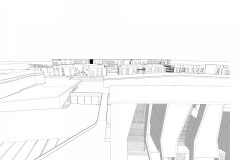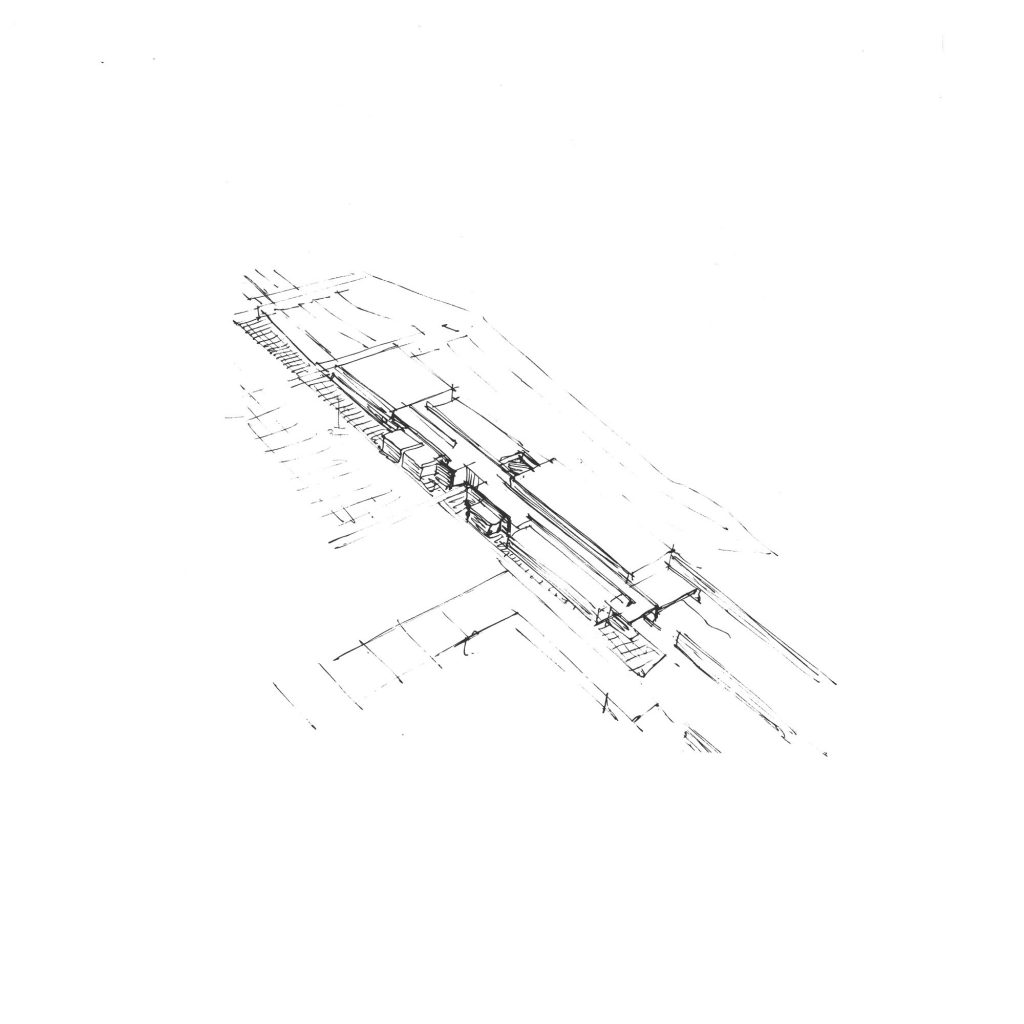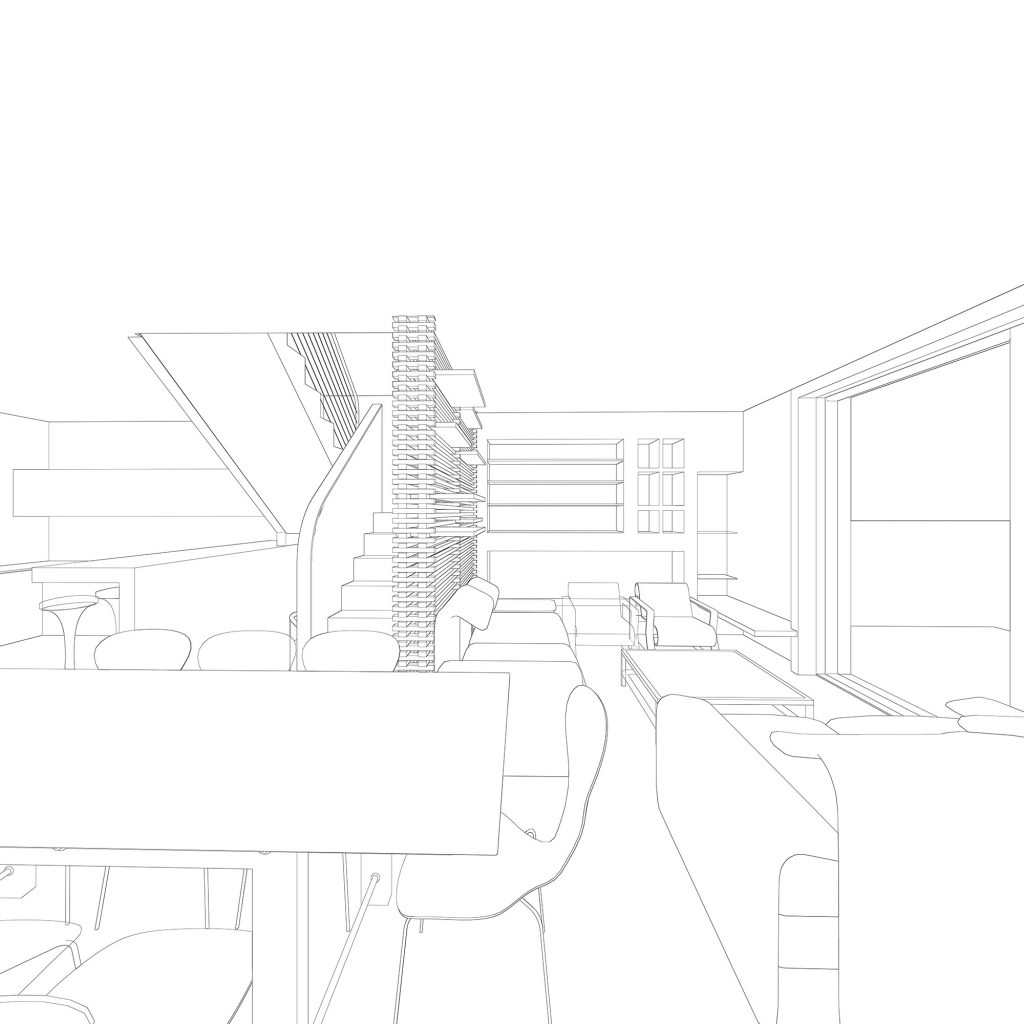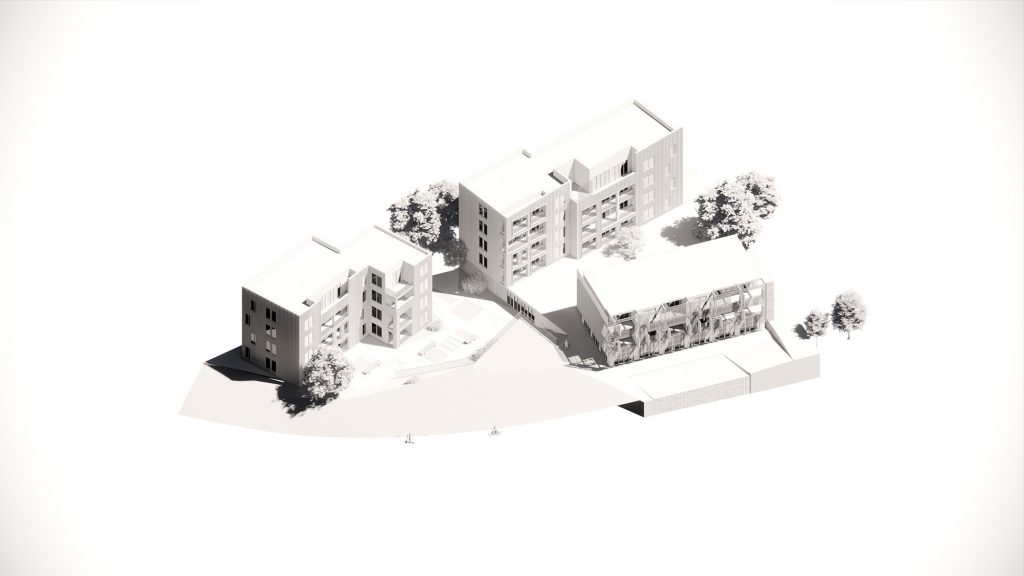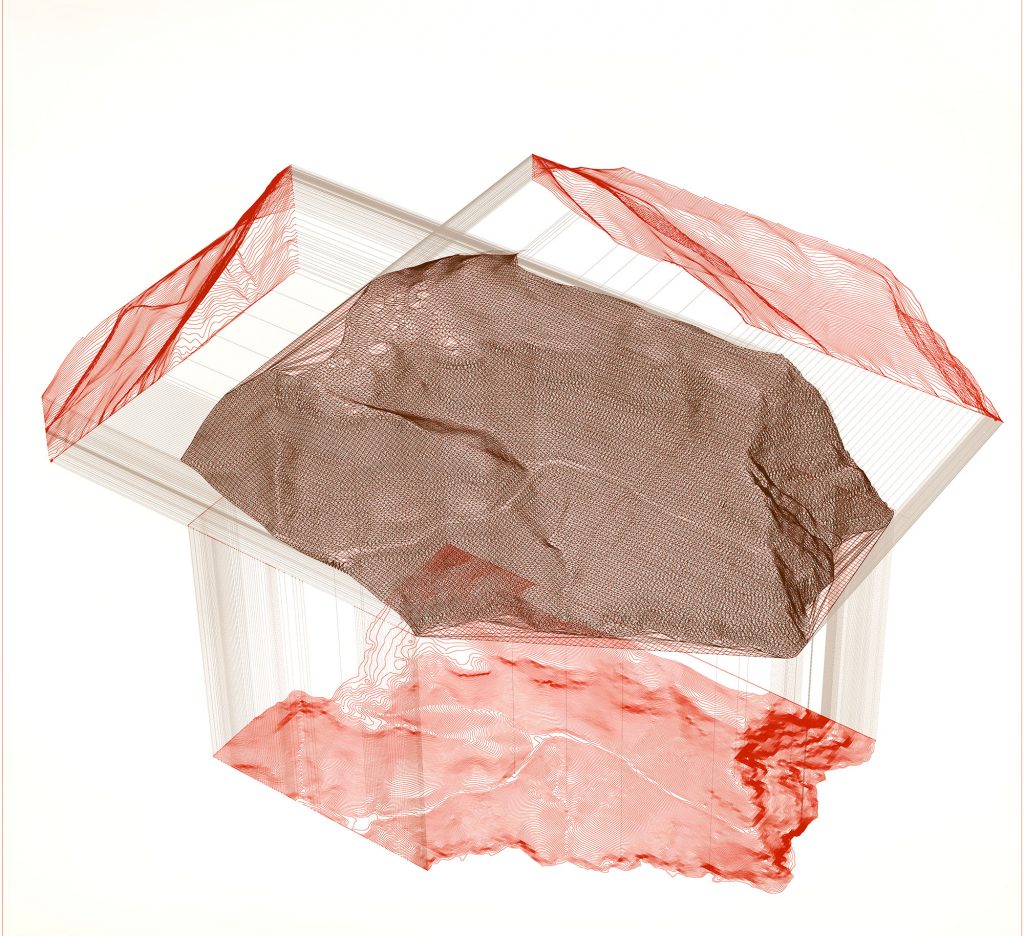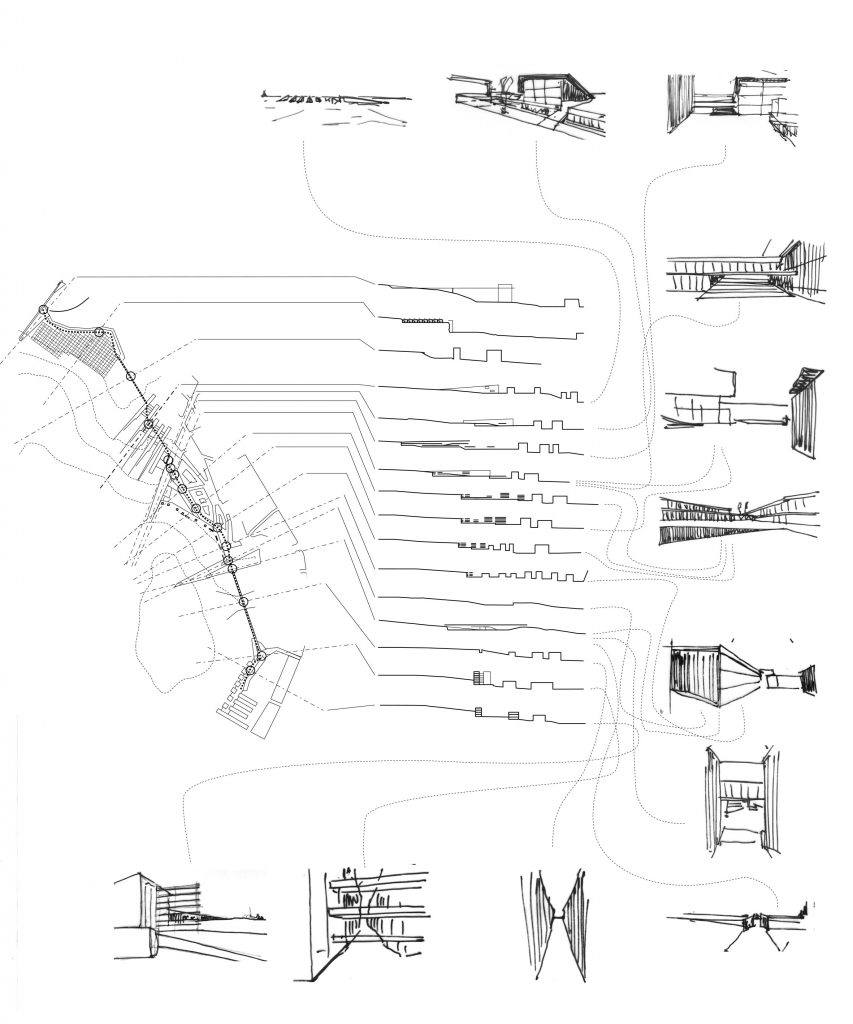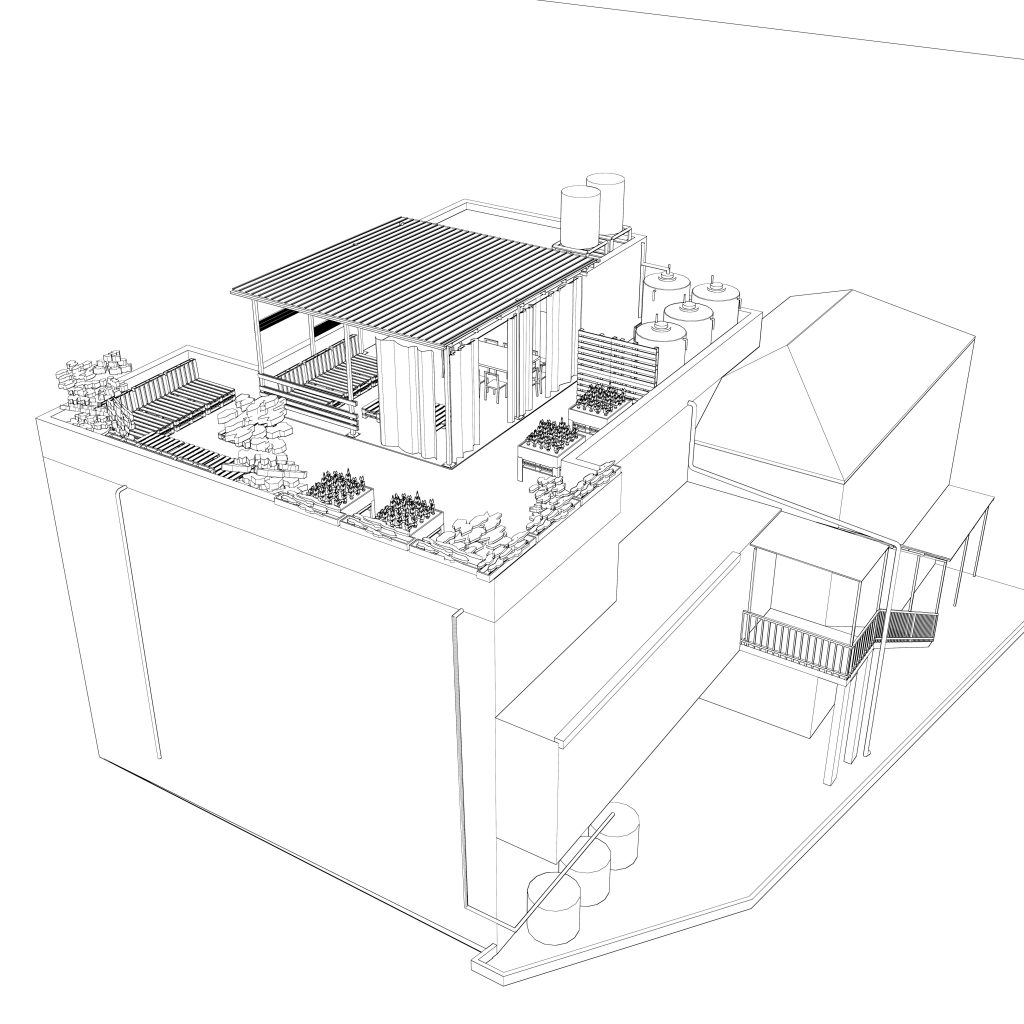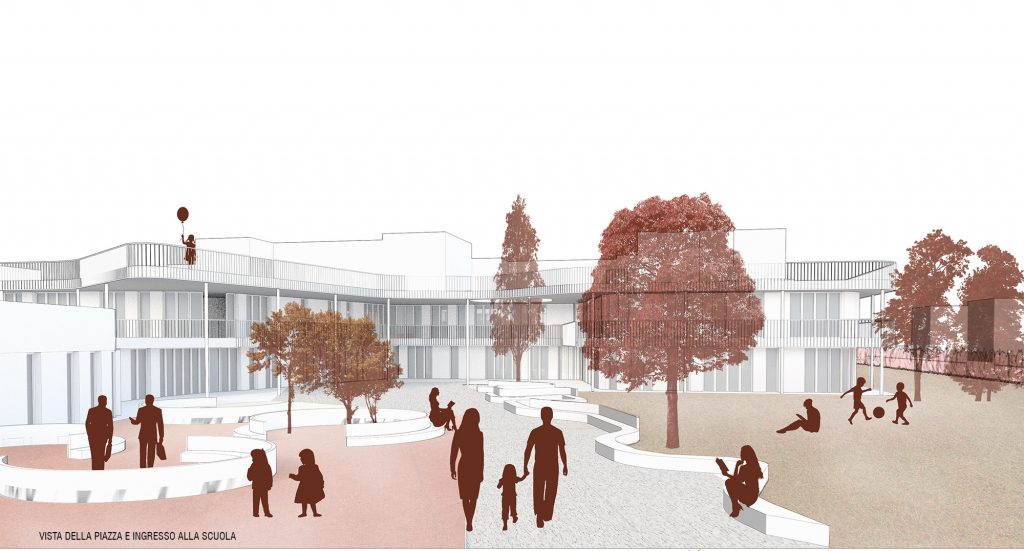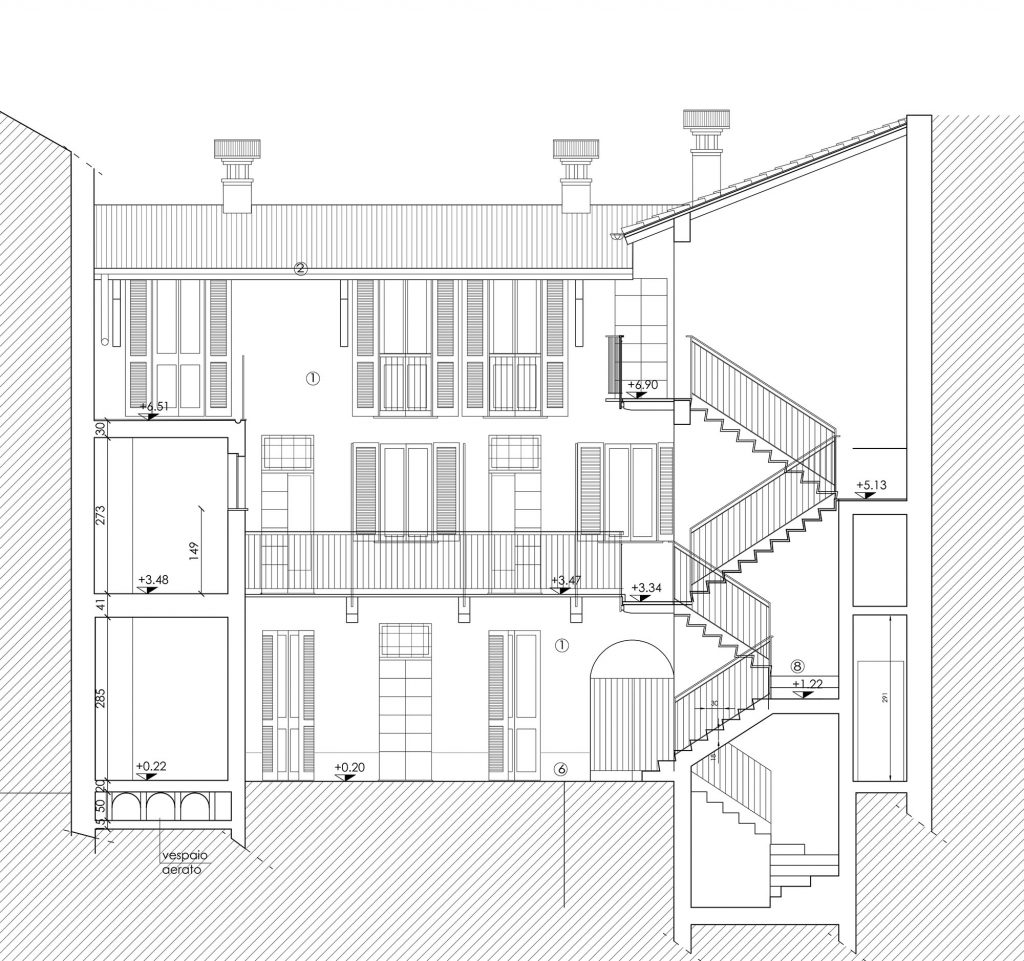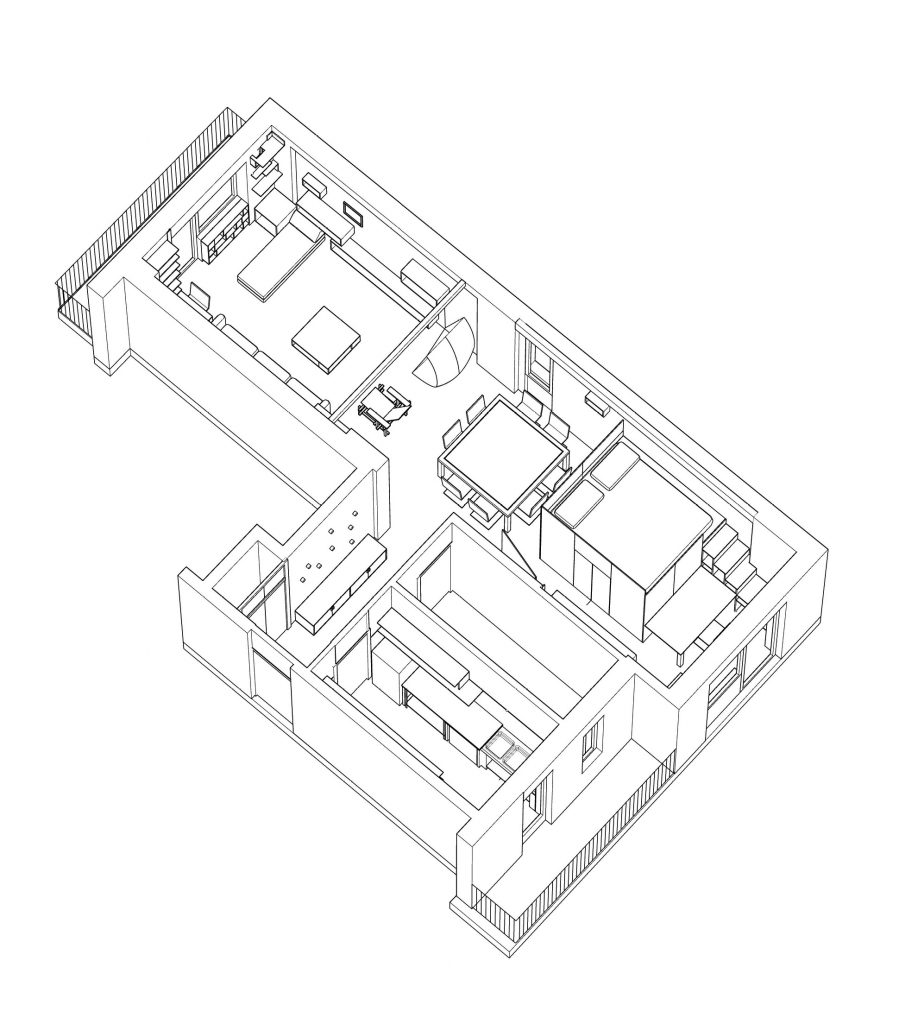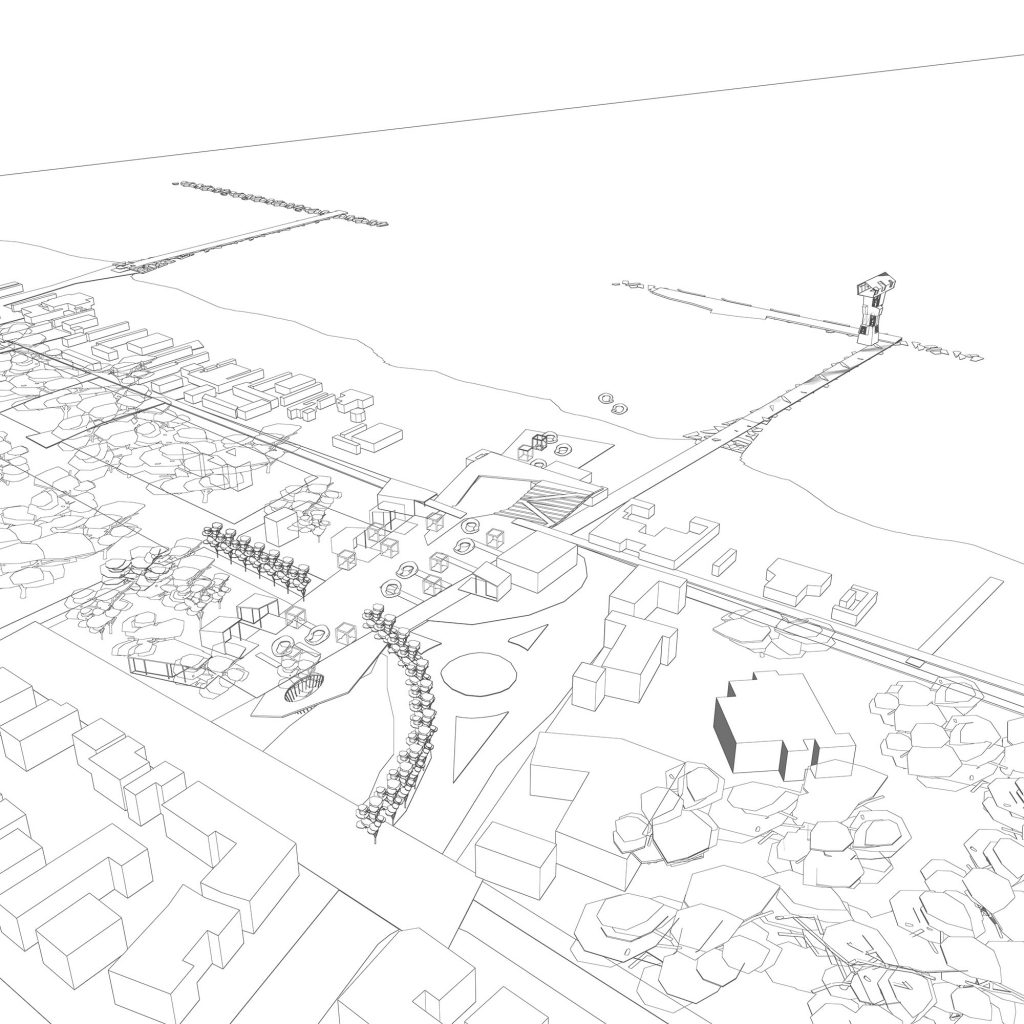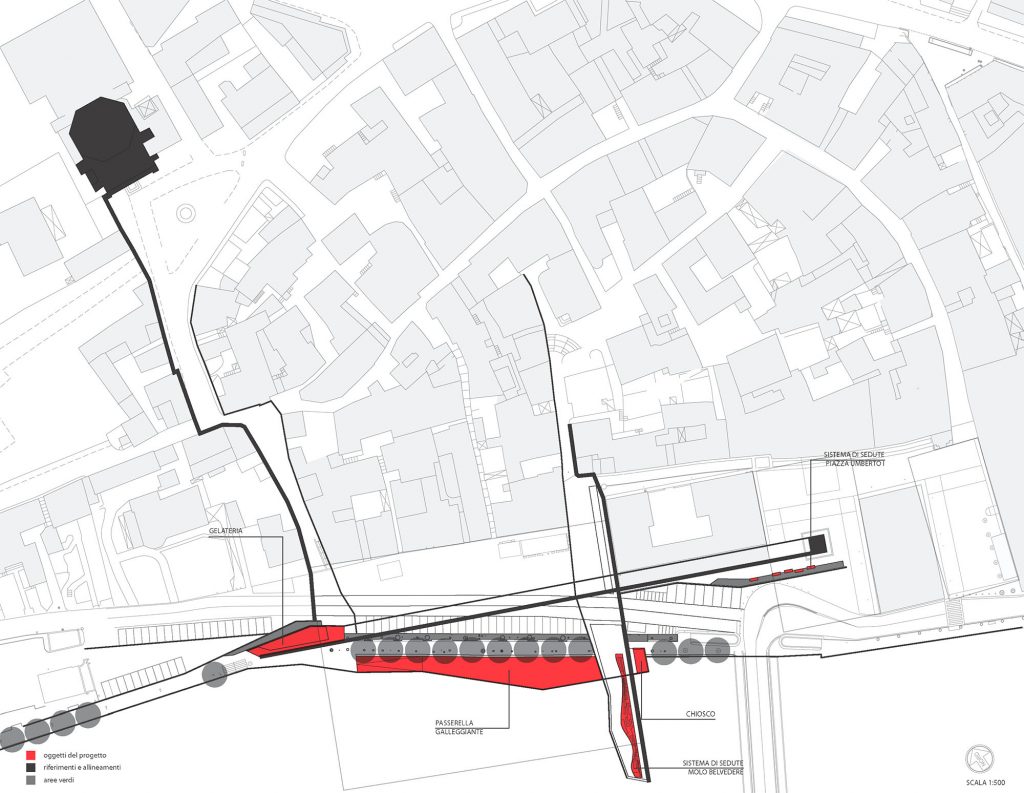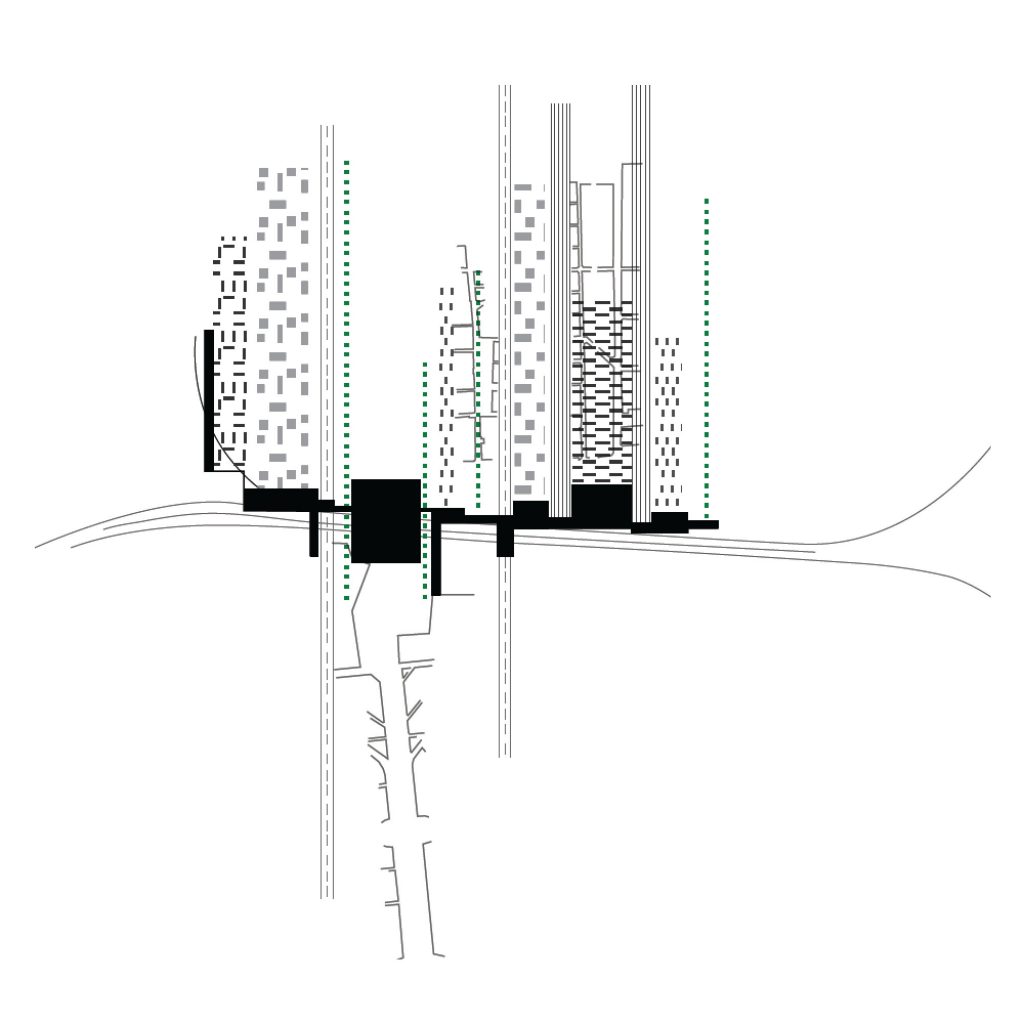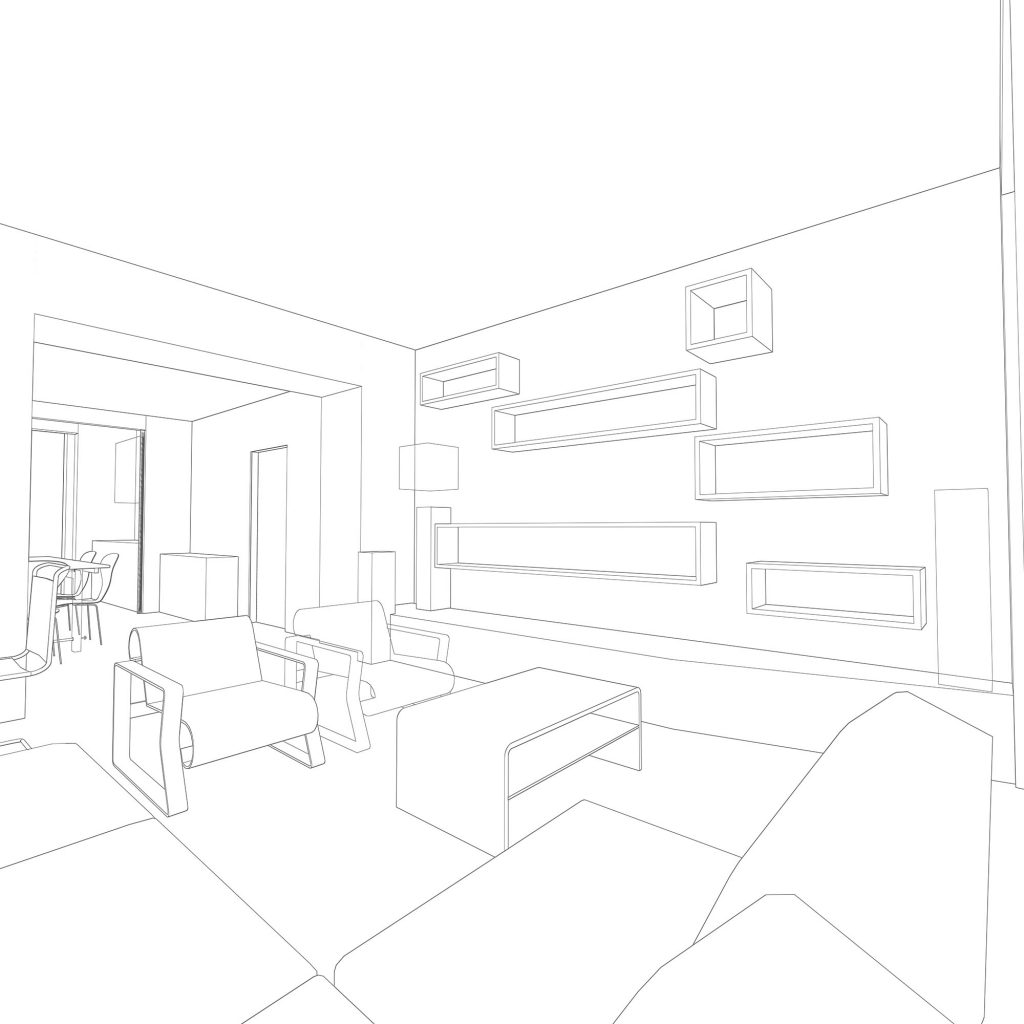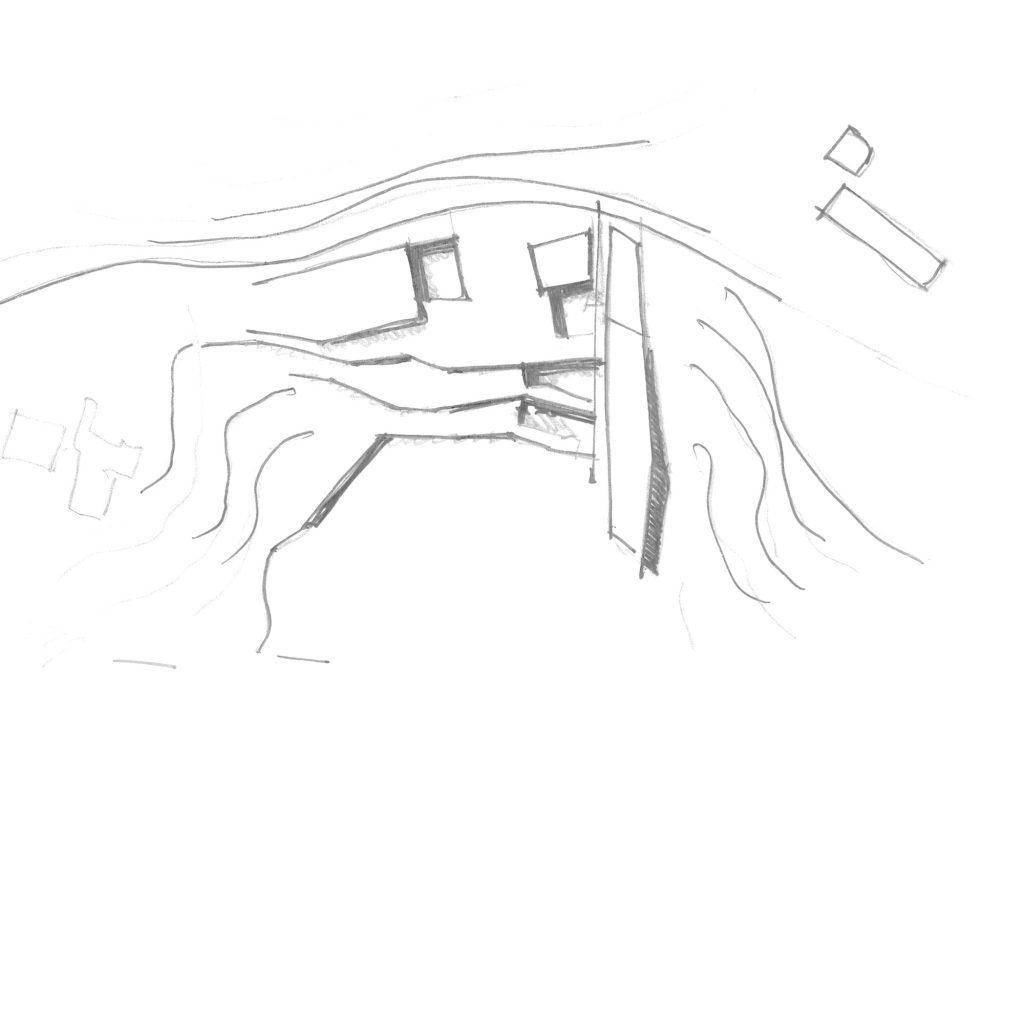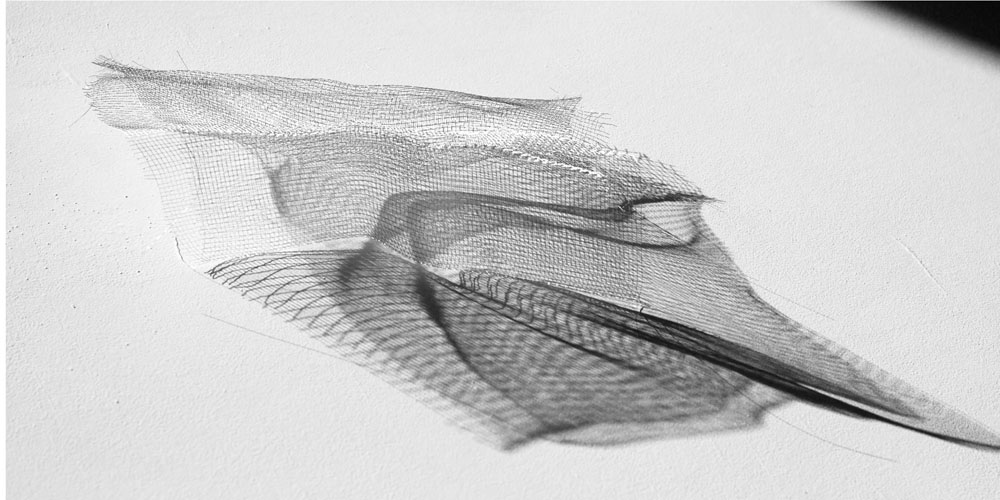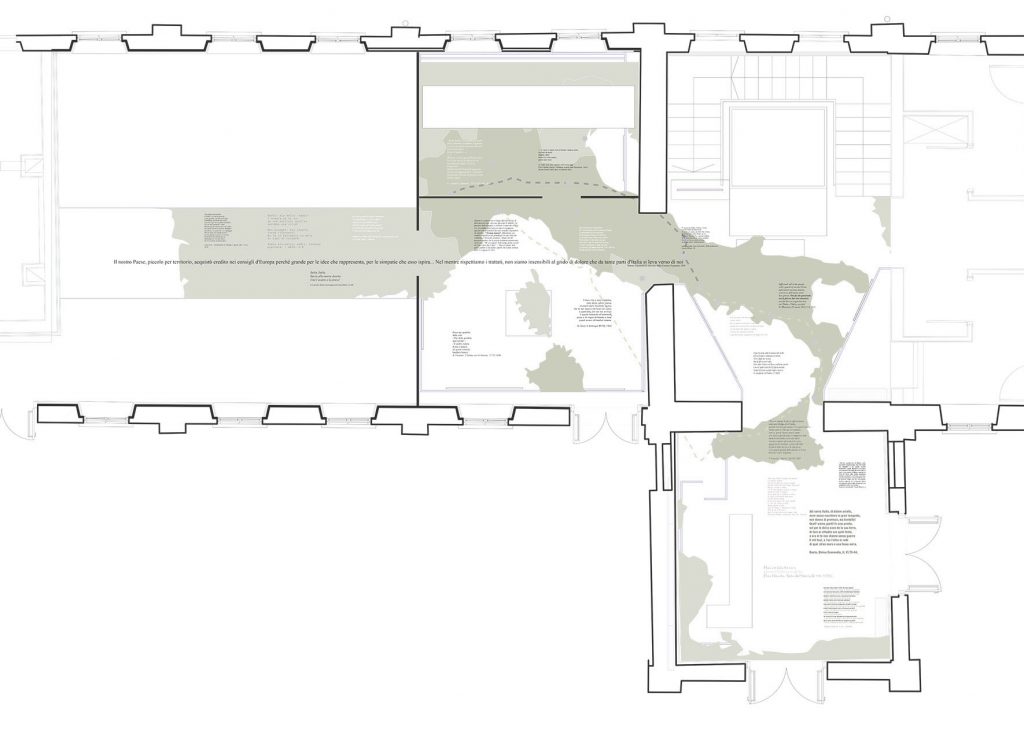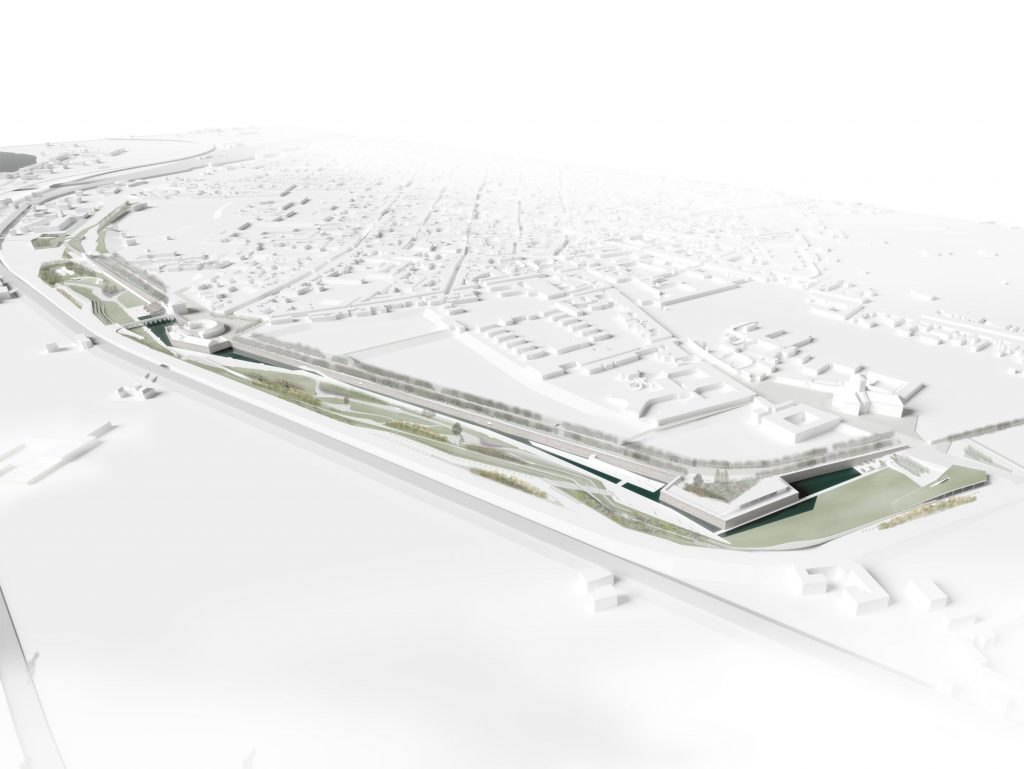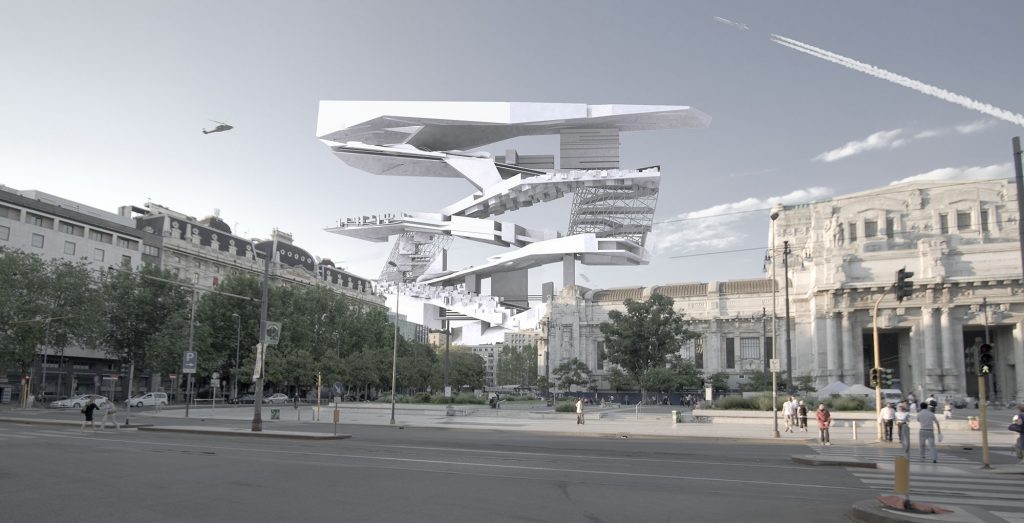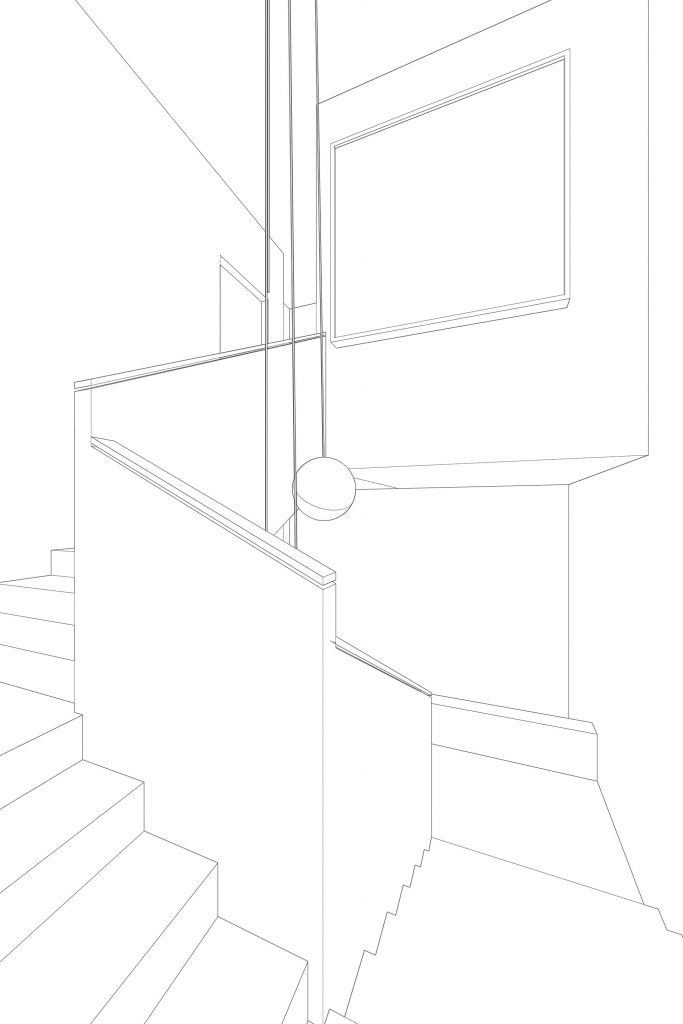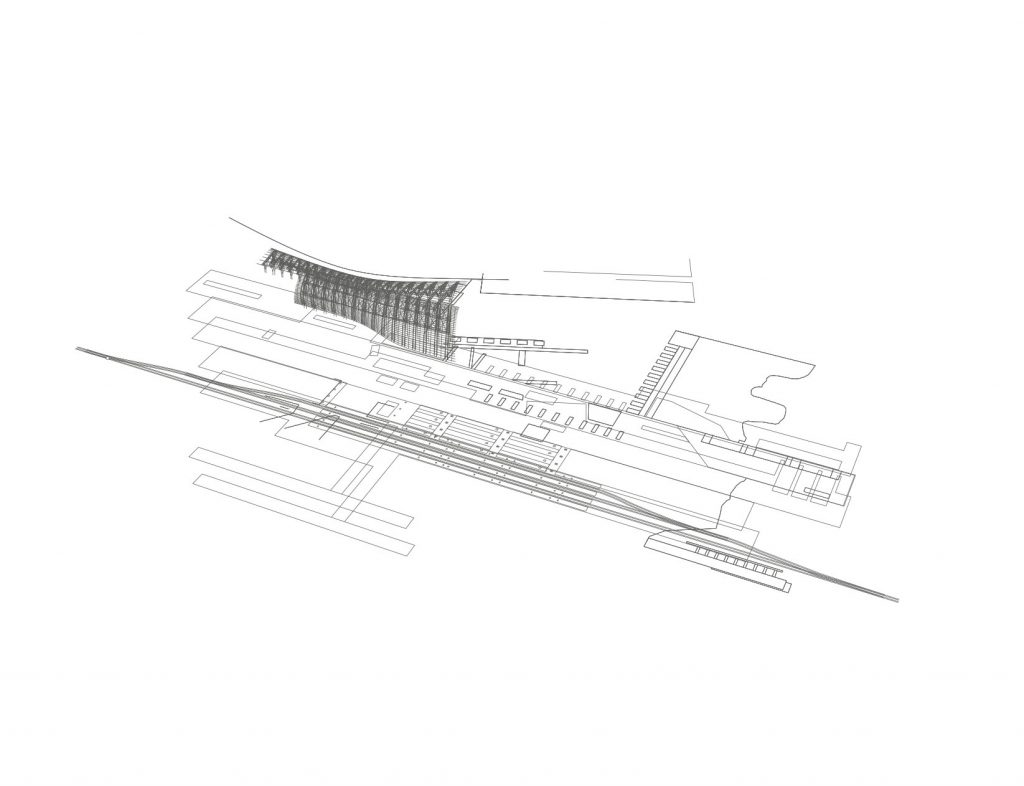URBAN DESIGN COMPETITION
Belgorod (Russia)
Year 2013
Belgorod City Centre International Urban Design Competition
With: Raana Saffari, Marta Scaccabarozzi, Bernardo Rossi
CONCEPT
The specific themes of the competition and the particular urban situation have suggested fundamental considerations on the relationship between open space, building, urban block and city. The concept rises from a contemporary interpretation of these keywords that in the proposal define a modulation of porous spaces.
The requirements of the contest highlighted a vision of a new way of looking at the large scale urban block trough a redefinition that could give a new value to those outstanding characters that shape to the city enriching it with new spatial situations.
The idea of permeability led to a concept that defines sequences of spaces interlaced by a series of architectural thresholds that perform different ways of living the public space and that can identify a gradient of public-to-private spaces
The characteristic shape of the ground has suggested a general layout where 3 buildings follow the direction of the contour lines thus giving the image of a sequence of urban scenes in a continuous and reciprocal dialogue between figure and ground
the design of the green open spaces is thought as a necessary part of the build environment that unifies the different features of the proposal connecting and opening it to the surroundings.
the public space is projected as a continuous element that hybridize typical figures of space of the 1:1 city: The Park, The square, the street.
The erased traces of the antique settlement, are here regained and play as interference able to modulate the large size of the building in the proposal giving them a fluid rhythm that can lead trough the different urban sections.
The design is structured on these main lines that find in its complex section its leitmotiv: it redefines the existing ground with three main longitudinal “terraces” of public spaces: the commercial square and the two “park streets” that distribute to the residential blocks. on this system three transversal connections organize the urban rhythm ensuring the continuity of the space.
The more public and dense functions face the existing green avenue giving value to its role of structuring element of the urban system; they are filtered by the iconic building totally permeable at the ground floor .
A particular attention has been given to the existing monumental elements: the transversal axis of the system has been integrated in the general design giving them a new urban value as the starting and reference point of the pedestrian paths.
Residential Buildings: the first main theme, as mentioned, is an highly modulated gradient of spaces that lead from the street to block and from there to the apartments; in this scenario green areas become one of the most qualifying element of this system and the junction of different types of spaces between city and home; even thought the designed buildings have a pretty large dimension the elevations are seen as variations of one main theme. the internal layout of the apartments is articulated in different options that satisfies the contest requirements; the proposal is designed for around 2000 new inhabitants.














